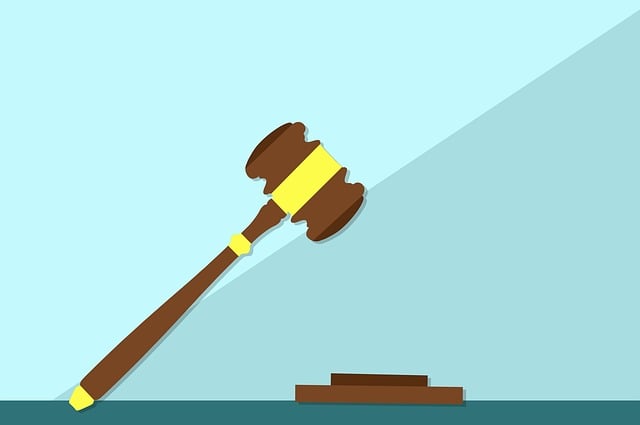In the intricate landscape of healthcare litigation, understanding the burden of proof is paramount. This article delves into critical legal issues affecting medical professionals and institutions, with a particular focus on navigating the definition and significance of the burden of proof in court. We explore common challenges in meeting this burden, highlighting strategic documentation and communication methods to fortify case presentations. By addressing these key aspects, healthcare providers can better defend themselves against legal complexities.
- Understanding the Burden of Proof: Definition and Significance in Healthcare Litigation
- Common Challenges Facing Medical Professionals and Institutions in Meeting Legal Standards
- Strategies for Effective Documentation and Communication to Strengthen Case Presentations
Understanding the Burden of Proof: Definition and Significance in Healthcare Litigation

In healthcare litigation, understanding the burden of proof is paramount. It refers to the legal requirement that a party must present sufficient evidence to convince a judge or jury of their claims. In this context, it’s not merely about presenting facts; it involves establishing causation, often complex due to the intricate nature of medical practices and treatments. The significance lies in ensuring fairness—a clear standard of proof prevents baseless accusations and protects healthcare providers from unwarranted legal consequences.
The challenges in meeting this burden are multifaceted. Healthcare professionals face a myriad of issues, including navigating technical jargon during trials and reconciling differing expert opinions. Moreover, the dynamic nature of medical knowledge and practices can make it difficult to pinpoint precise causal links between treatments and outcomes. As white-collar and economic crimes often intertwine with healthcare fraud, understanding evidence and its interpretation becomes even more critical. A skilled white-collar defense attorney plays a crucial role in guiding his clients through these complex waters, ensuring they meet the burden of proof while protecting their professional integrity.
Common Challenges Facing Medical Professionals and Institutions in Meeting Legal Standards

Medical professionals and institutions often face significant challenges when it comes to meeting legal standards, particularly in the realm of healthcare litigation. One of the most pressing issues is the burden of proof in court. The complexity of medical cases requires extensive documentation and evidence to support claims or defenses. This can be a daunting task, as many records are vast and may contain nuances that are crucial for understanding patient care decisions.
Moreover, navigating the legal system while focusing on patient treatment can be overwhelming. Medical professionals must balance their primary duty of care with the need to comply with regulatory requirements and legal protocols. They often find themselves in a delicate position, especially when dealing with life-or-death situations, where quick decision-making is essential but may not always align with the rigors of a court of law. This challenge is further exacerbated by the potential for miscommunication or misinterpretation of medical evidence, which can have severe consequences, including general criminal defense strategies and, in extreme cases, avoiding indictment for his clients.
Strategies for Effective Documentation and Communication to Strengthen Case Presentations

In addressing the challenges posed by the burden of proof in court, healthcare providers must focus on meticulous documentation and clear communication to strengthen their case presentations. Effective record-keeping involves documenting all relevant patient interactions, treatments, and outcomes in a comprehensive and detailed manner. This includes maintaining accurate medical records, preserving electronic evidence, and organizing paper documents in a structured format for easy retrieval.
Strategic communication is equally vital. Healthcare professionals should be adept at translating complex medical jargon into understandable language for both judicial and lay audiences. Articulating the sequence of events, the rationale behind decisions, and the impact of treatments on patient outcomes can significantly enhance the persuasiveness of their case presentations. This approach not only aids in meeting the burden of proof but also fosters trust and understanding between legal representatives, healthcare providers, and clients, whether they be corporate or individual, facing charges ranging from white-collar and economic crimes. Ultimately, well-prepared and communicated documentation can contribute to a stronger defense strategy and potentially lead to the complete dismissal of all charges.
In navigating healthcare legal issues, understanding the burden of proof is paramount. As highlighted in this article, the challenges in meeting this burden are significant, particularly with evolving legal standards and complex medical cases. However, effective documentation and communication strategies can substantially strengthen case presentations. By implementing these tactics, medical professionals and institutions can better protect themselves against potential litigation, ensuring fair and accurate representations of their practices. Addressing the common hurdles discussed here is crucial for fostering a more efficient and just healthcare legal environment.






